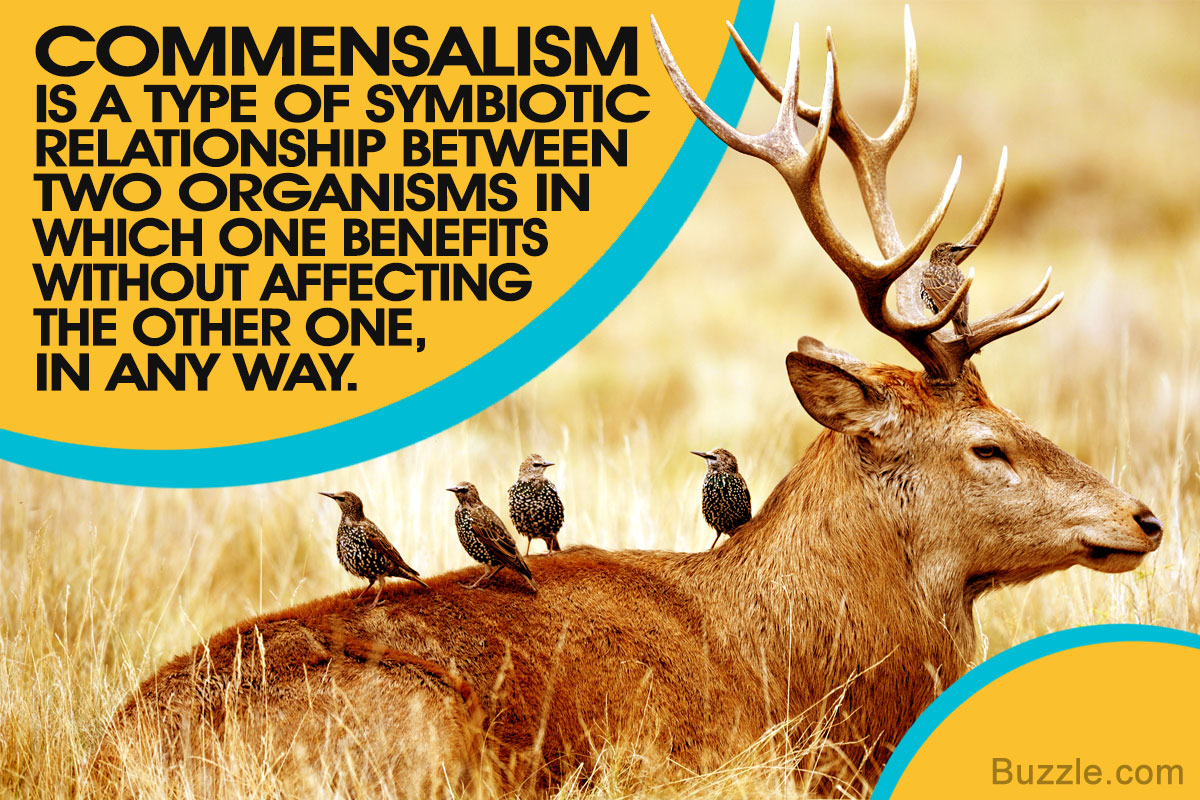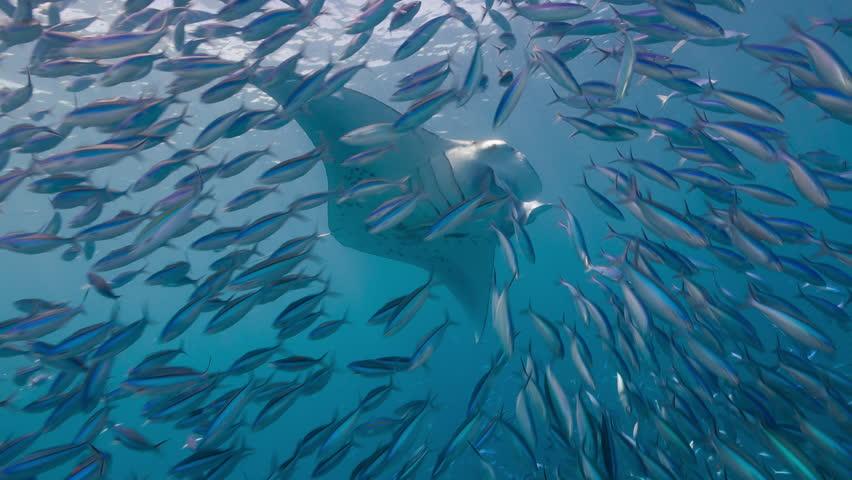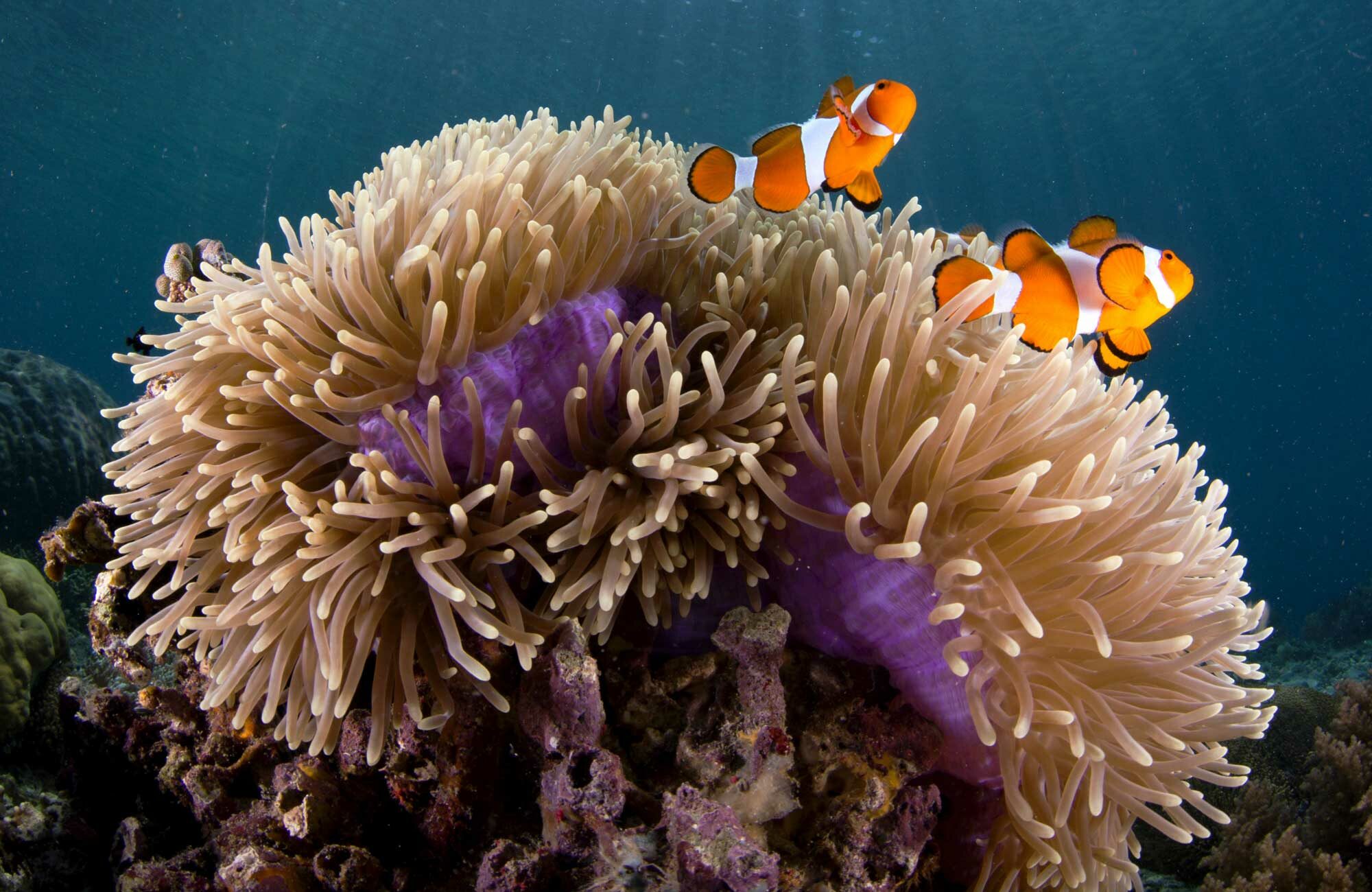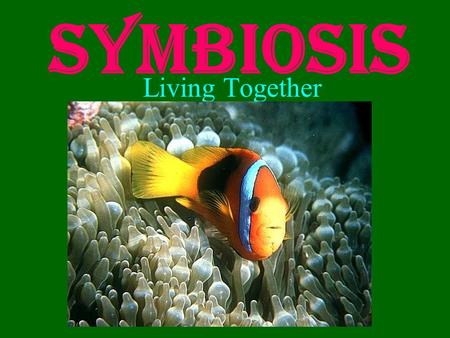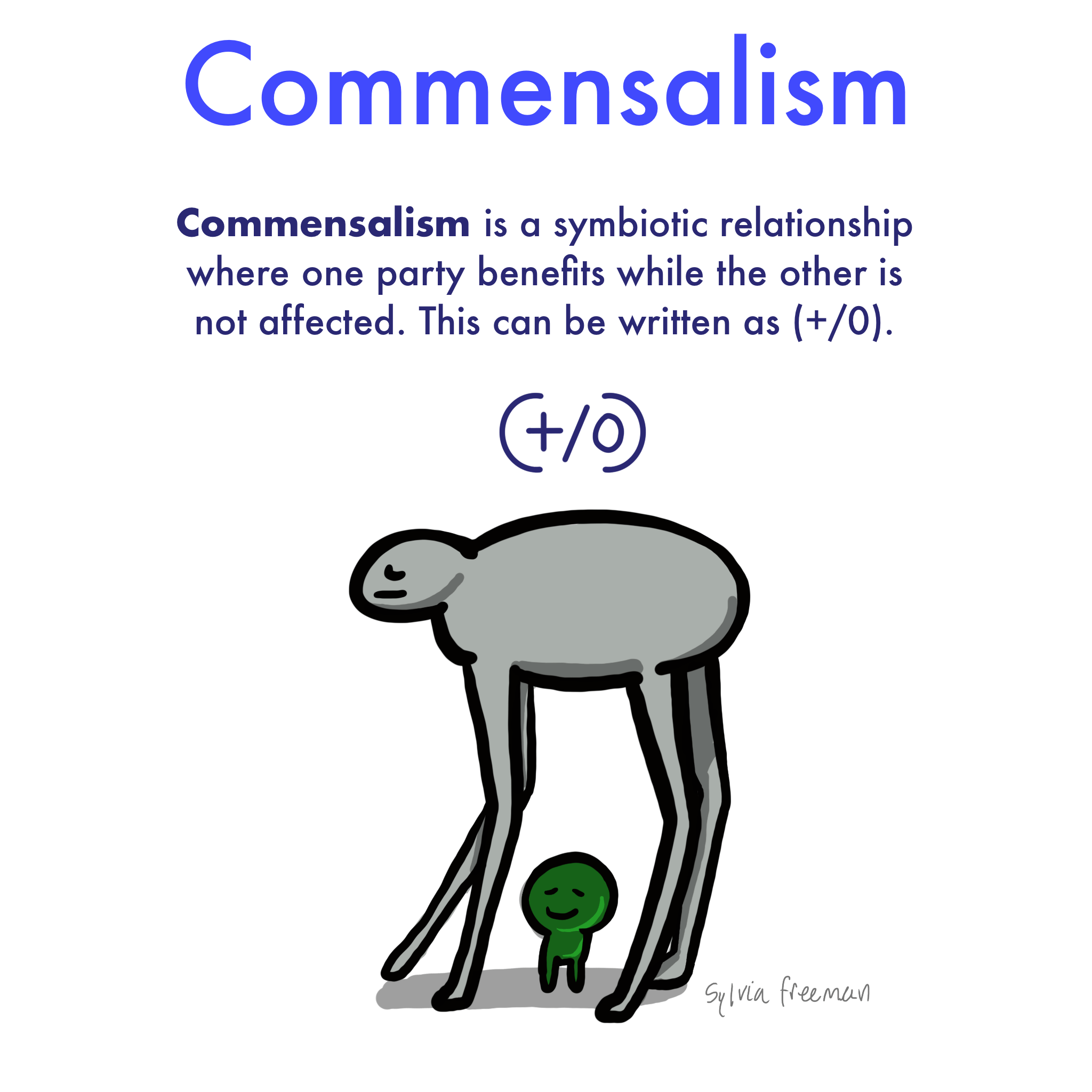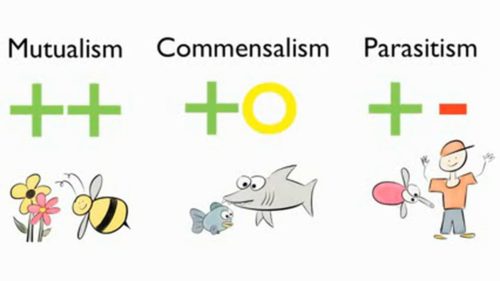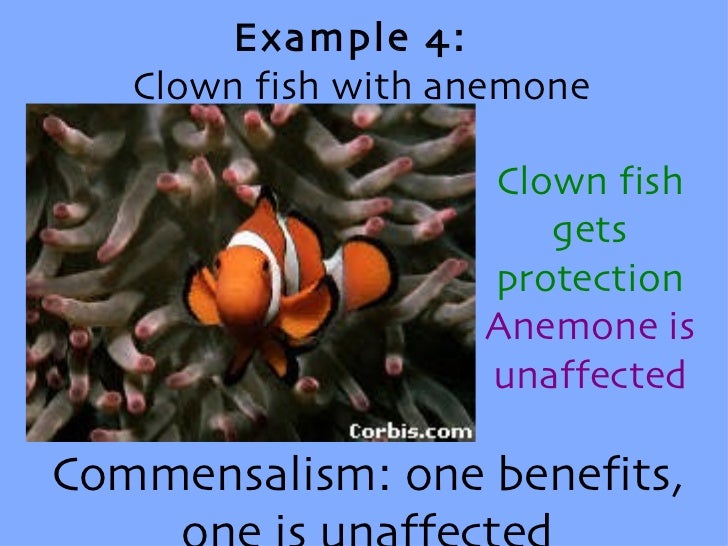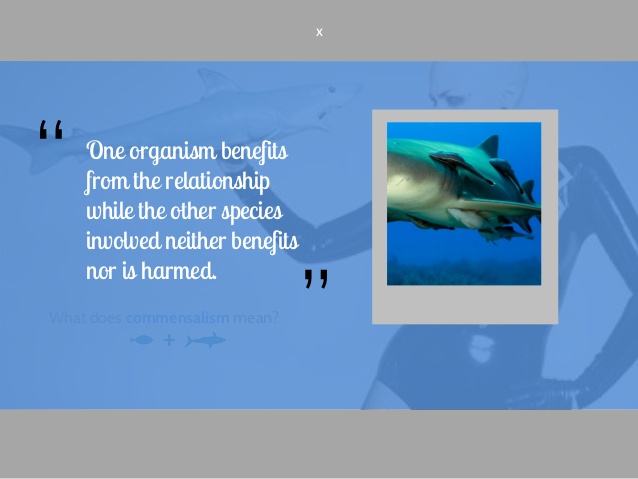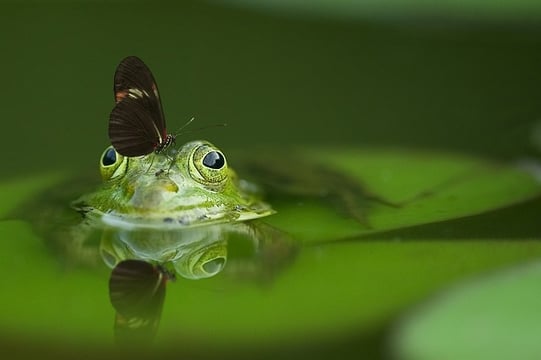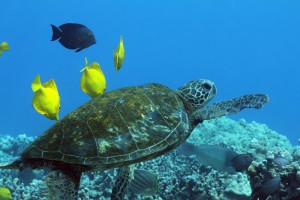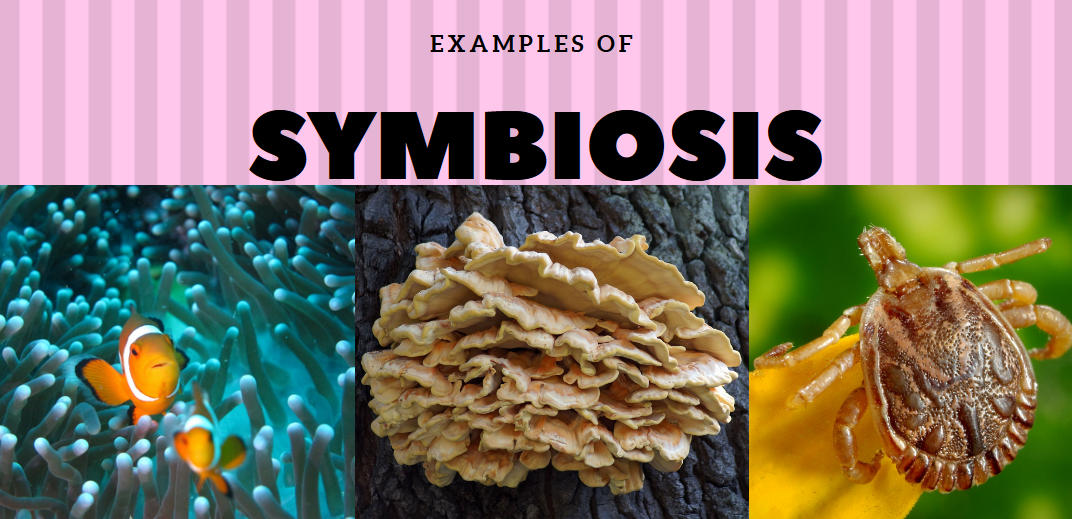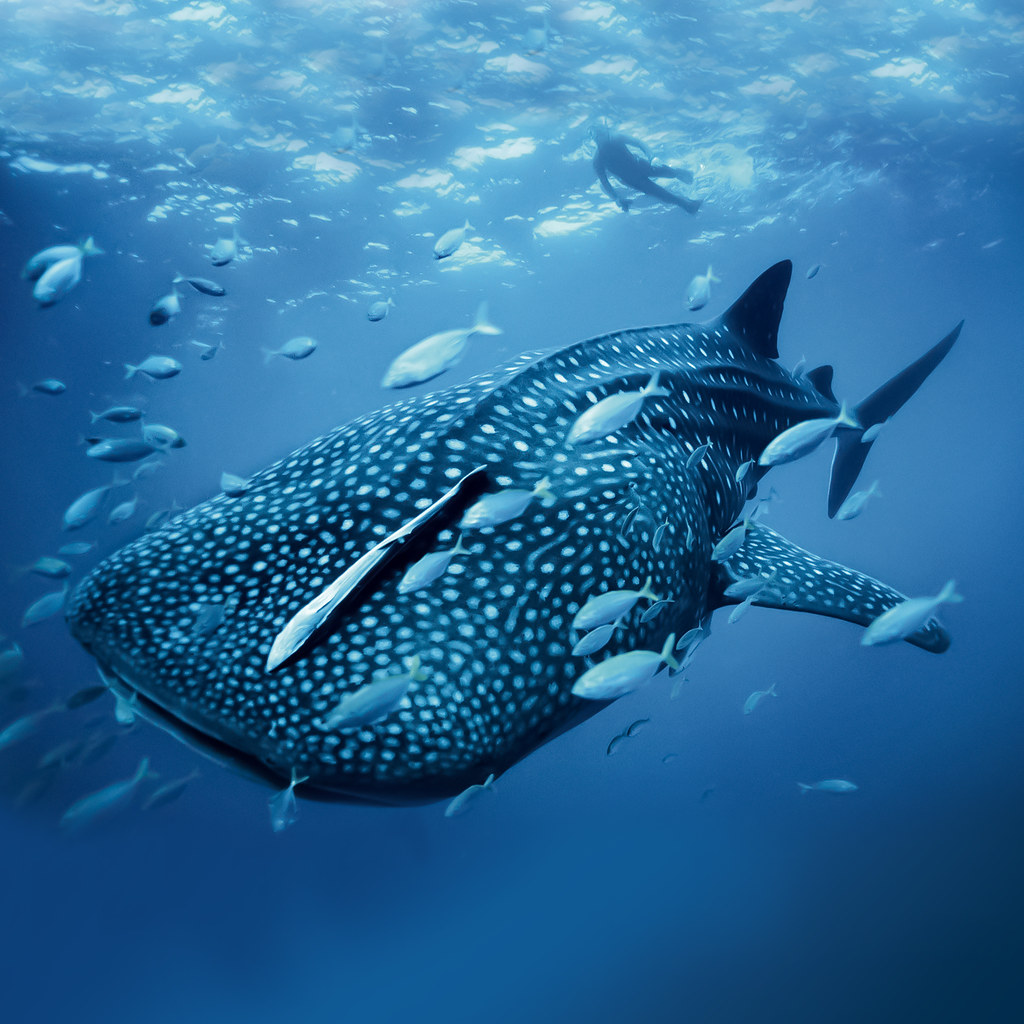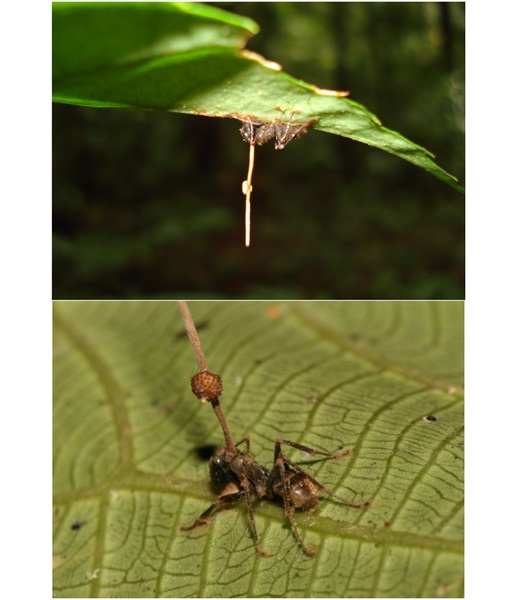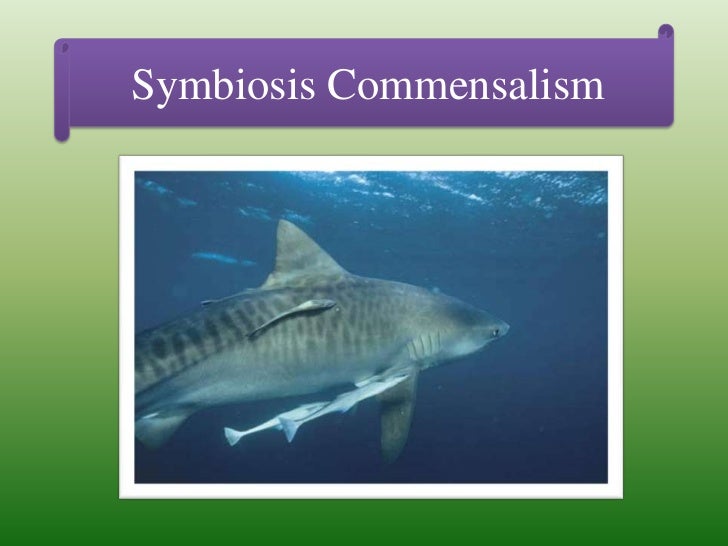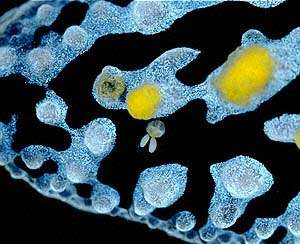Commensalism Symbiosis
Commensalism which literally means to eat at the same table thanks latin is one form of symbiosis a relationship between two organisms of different species.

Commensalism symbiosis. Symbiosis is broken down into mutualism commensalism and parasitism based on how two species interact in their ecosystem. The commensal organism obtains food shelter locomotion or support. A hyena and lion who get into a fight then never see each other again would not qualify to be living in symbiosis because their interaction is not long term. One way that organisms are symbiotically interlinked is called commensalism which occurs when one species benefits while the other is unaffected.
Symbiosis refers to any long term interaction that two organisms have with each other. In a commensal relationship one organism benefits while the other is generally unaffected. Commensalism being a type of symbiotic relationship between organisms other types of symbiotic relationships include mutualism in which both the organisms involved benefit from each other and parasitism where one of the organisms is benefited while the other is harmed. Commensalism is sometimes hard to prove because in any symbiotic relationship the likelihood that a very closely associated organism has no effect whatsoever on the other organism is pretty.
Commensalism is a type of symbiosis. Commensalism is a relationship between two organisms in which one benefits from the other without causing harm to it. The species that gains the benefit is called the commensal. Living organisms are bound together in a web of relationships that can be helpful harmful or inconsequential to their survival.
Commensalism is a type of symbiotic relationship in which one species benefits while the other species is neither harmed nor helped. Commensalism can either be a brief interaction or a lifelong symbiosis. Commensalism is a long term biological interaction symbiosis in which members of one species gain benefits while those of the other species neither benefit nor are harmed. This relationship can be contrasted with mutualism in which both species benefit.
The other species is termed the host species. Remoras have evolved on the top of their heads a flat oval sucking disk structure that adheres to the bodies of their hosts. One of the best known examples of a commensal is the remora family echineidae that rides attached to sharks and other fishes.

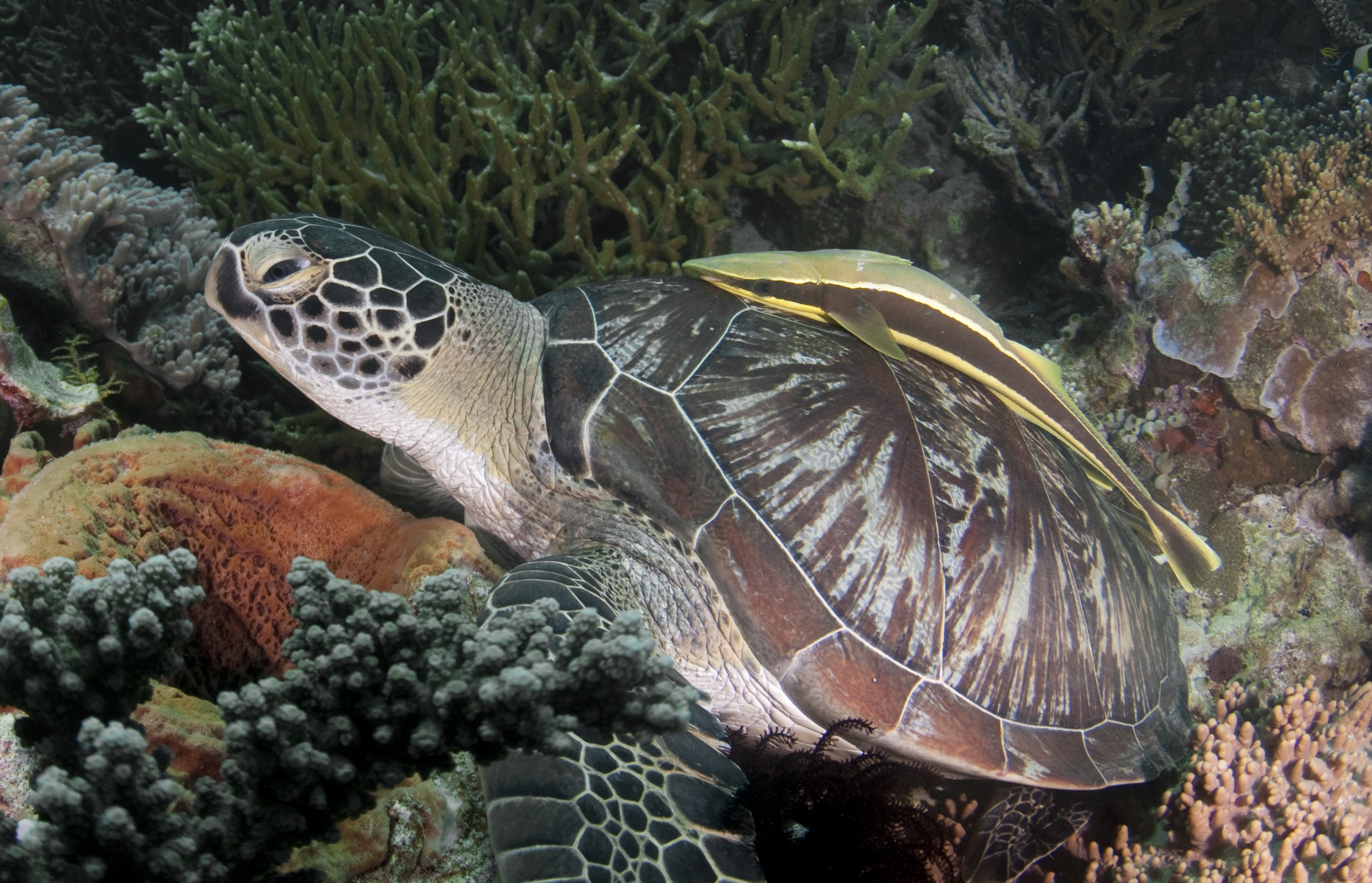


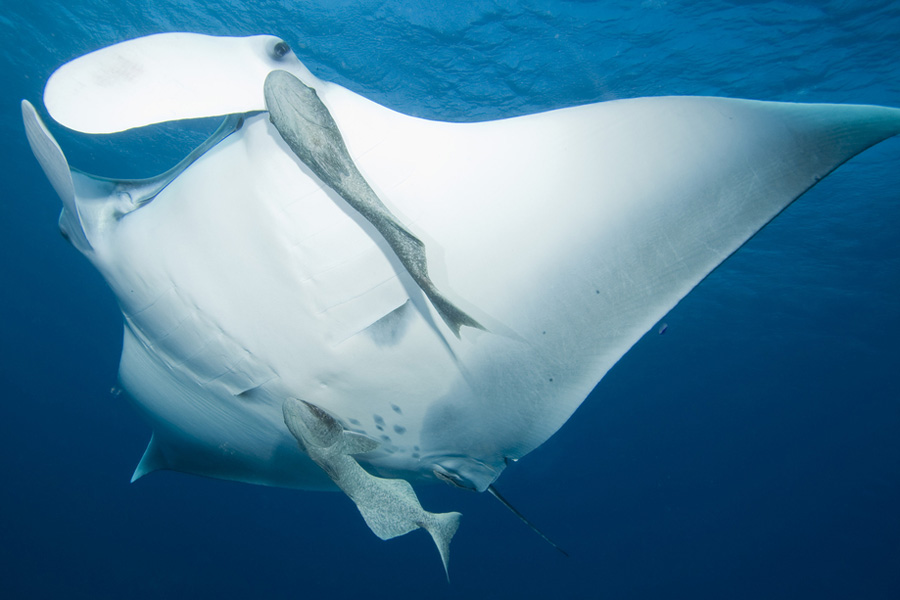

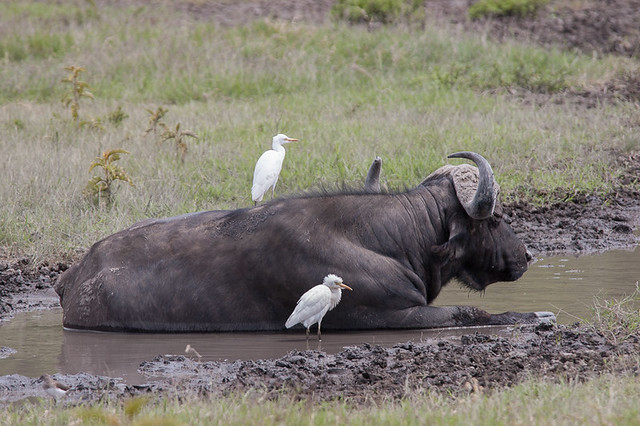





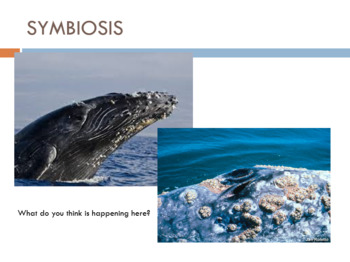


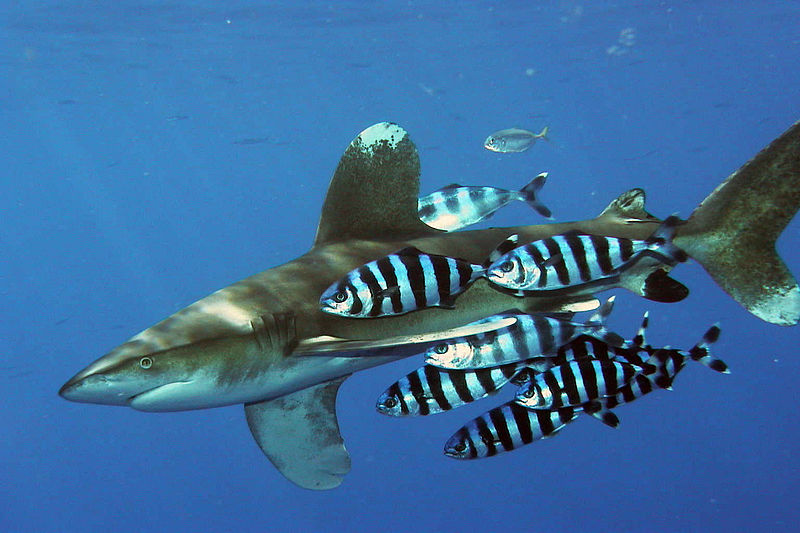
.jpg)
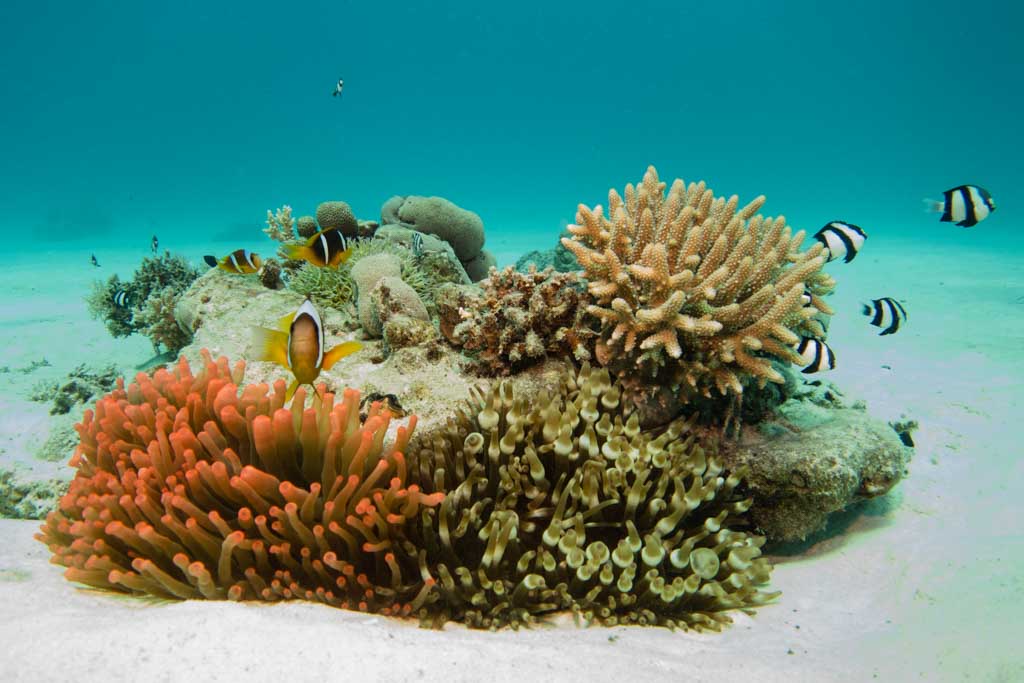
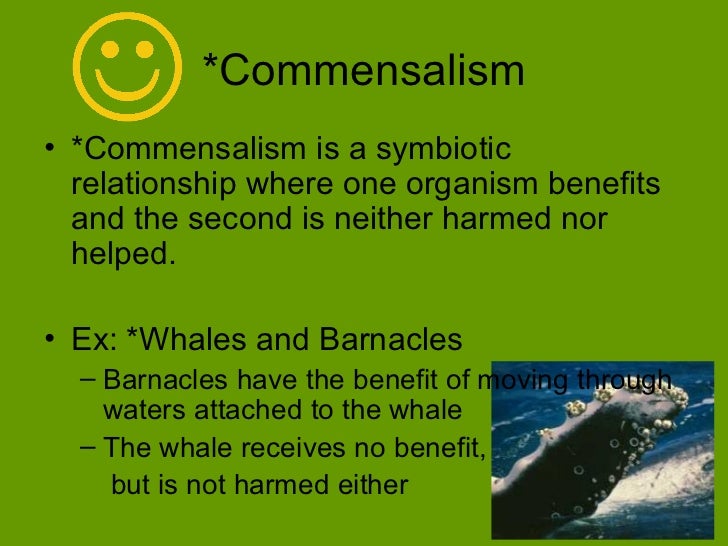
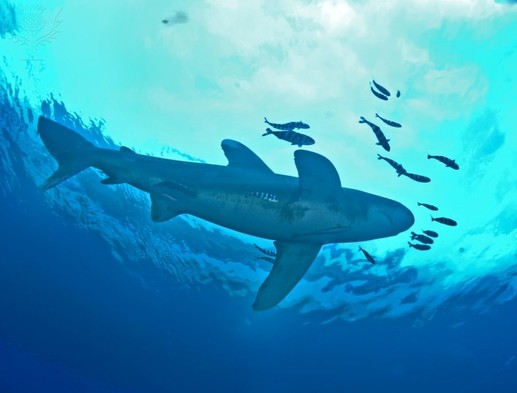
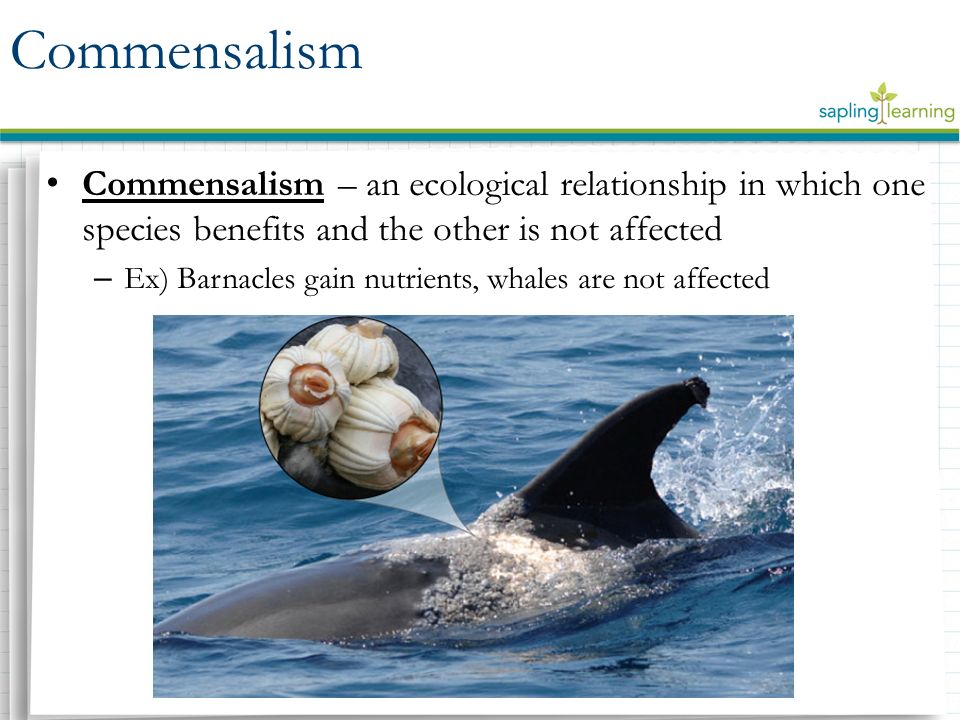

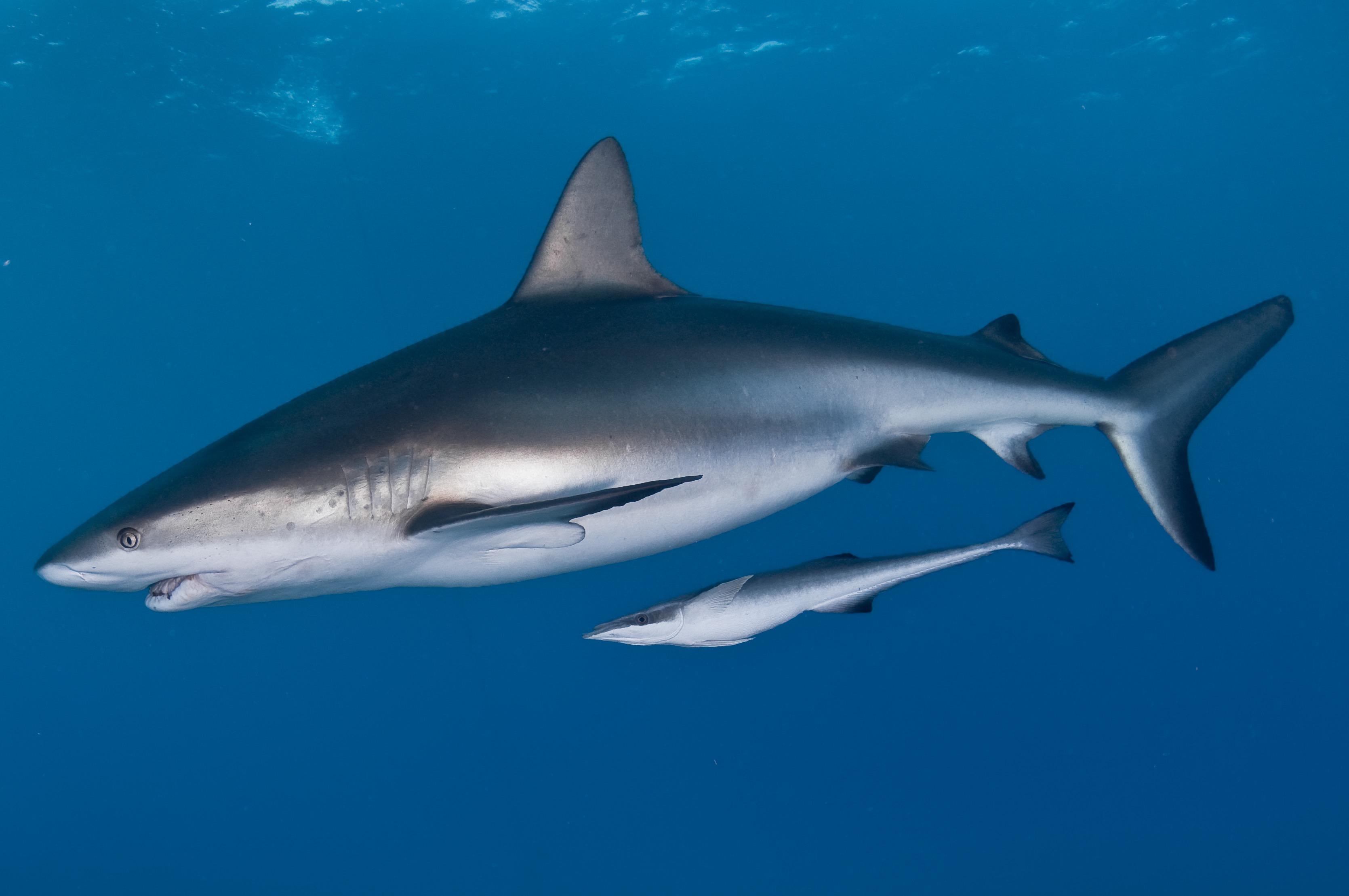

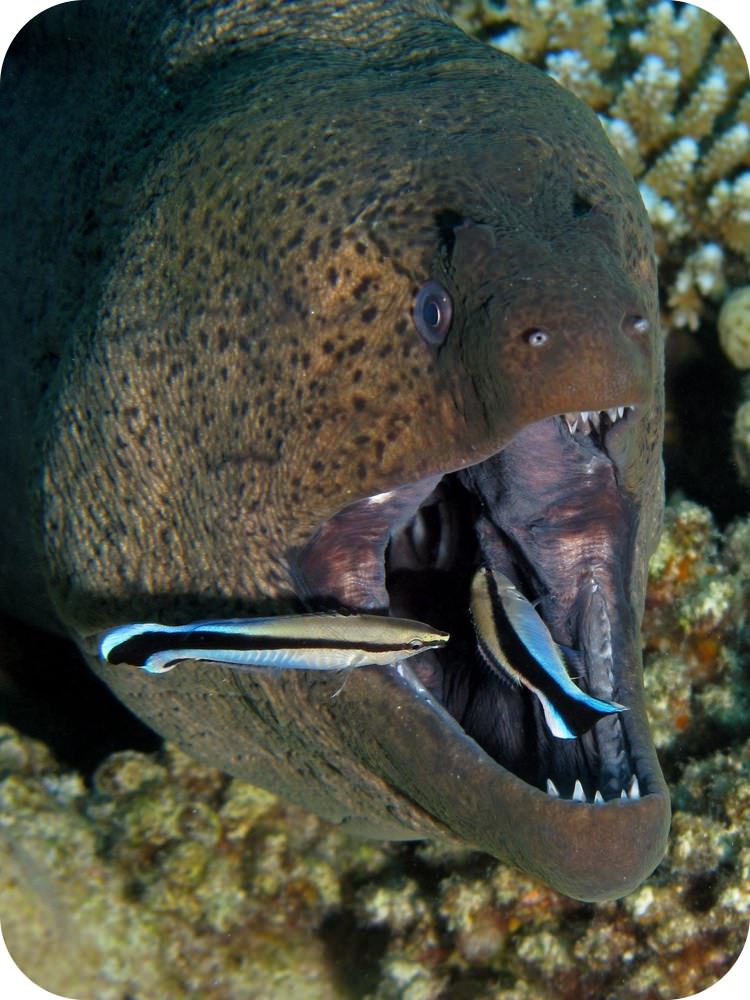




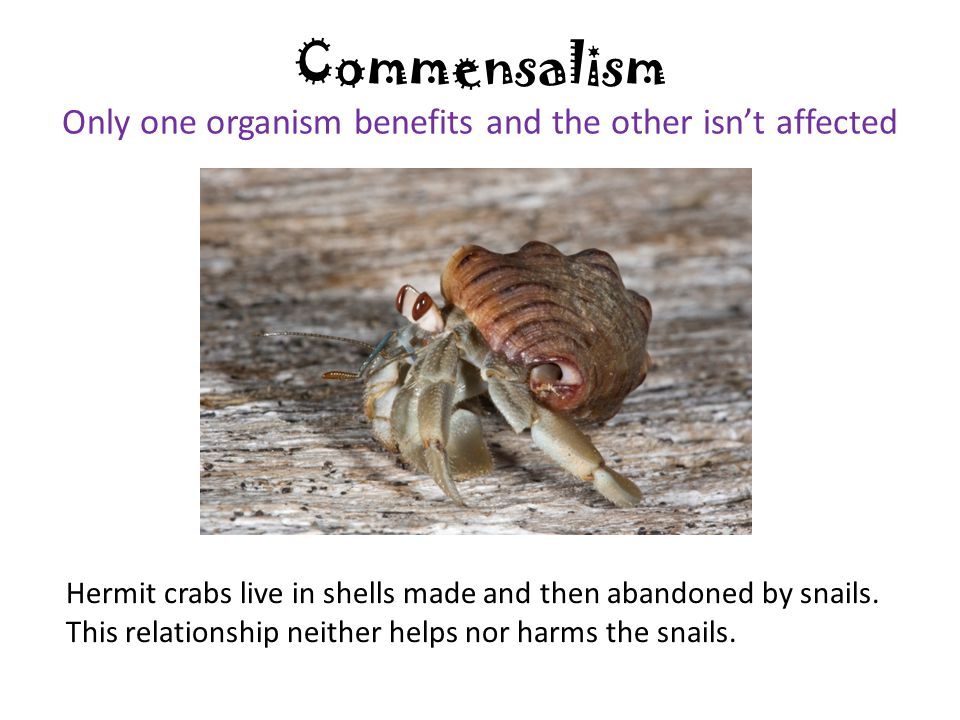
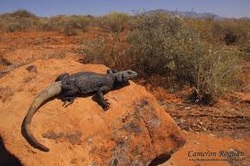

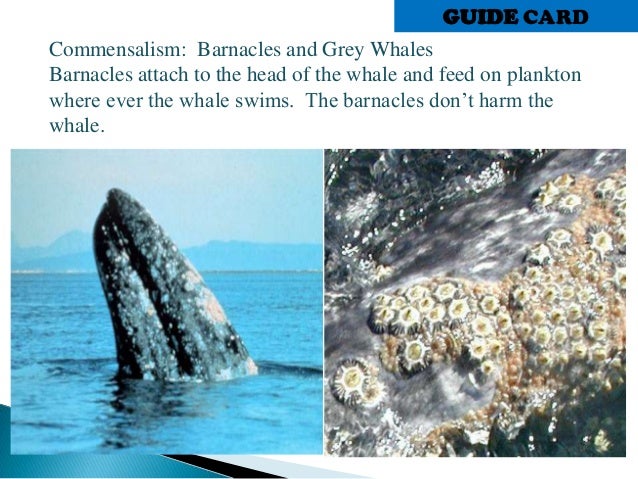

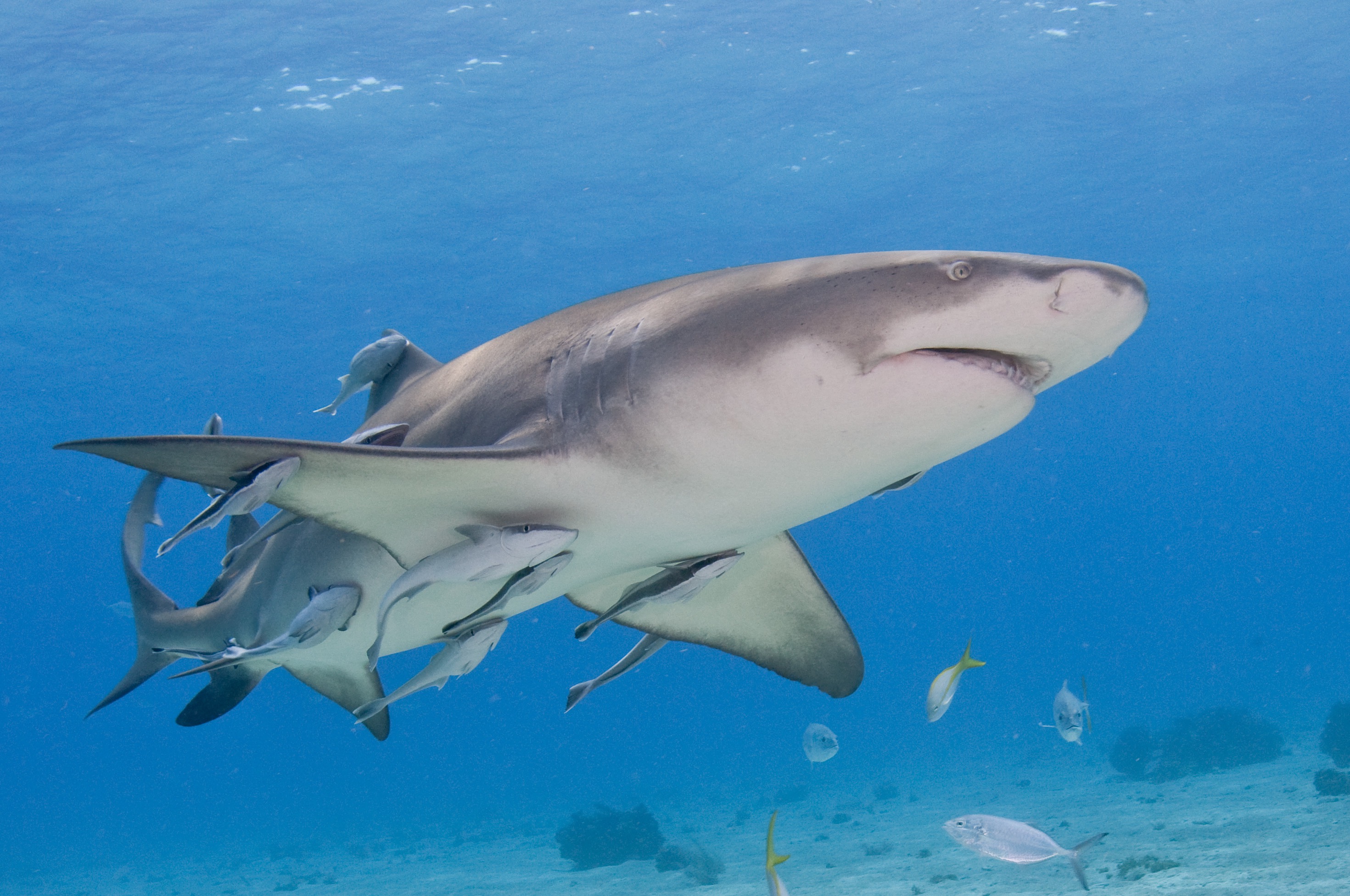
.jpg)
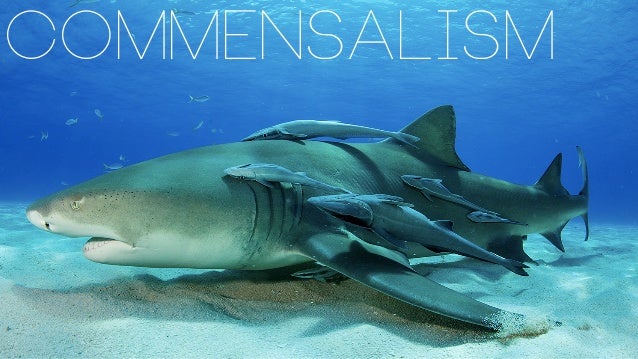
.jpg)






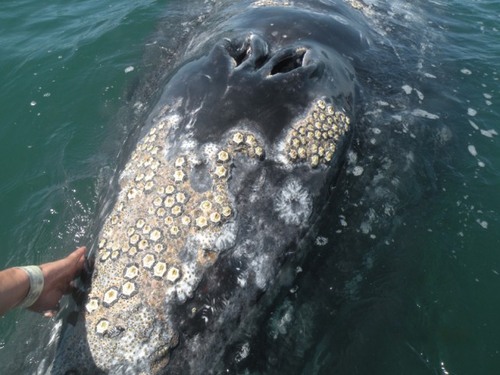
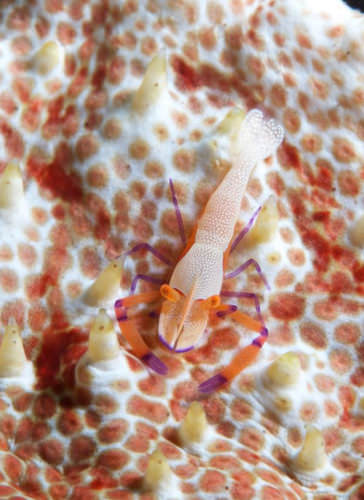



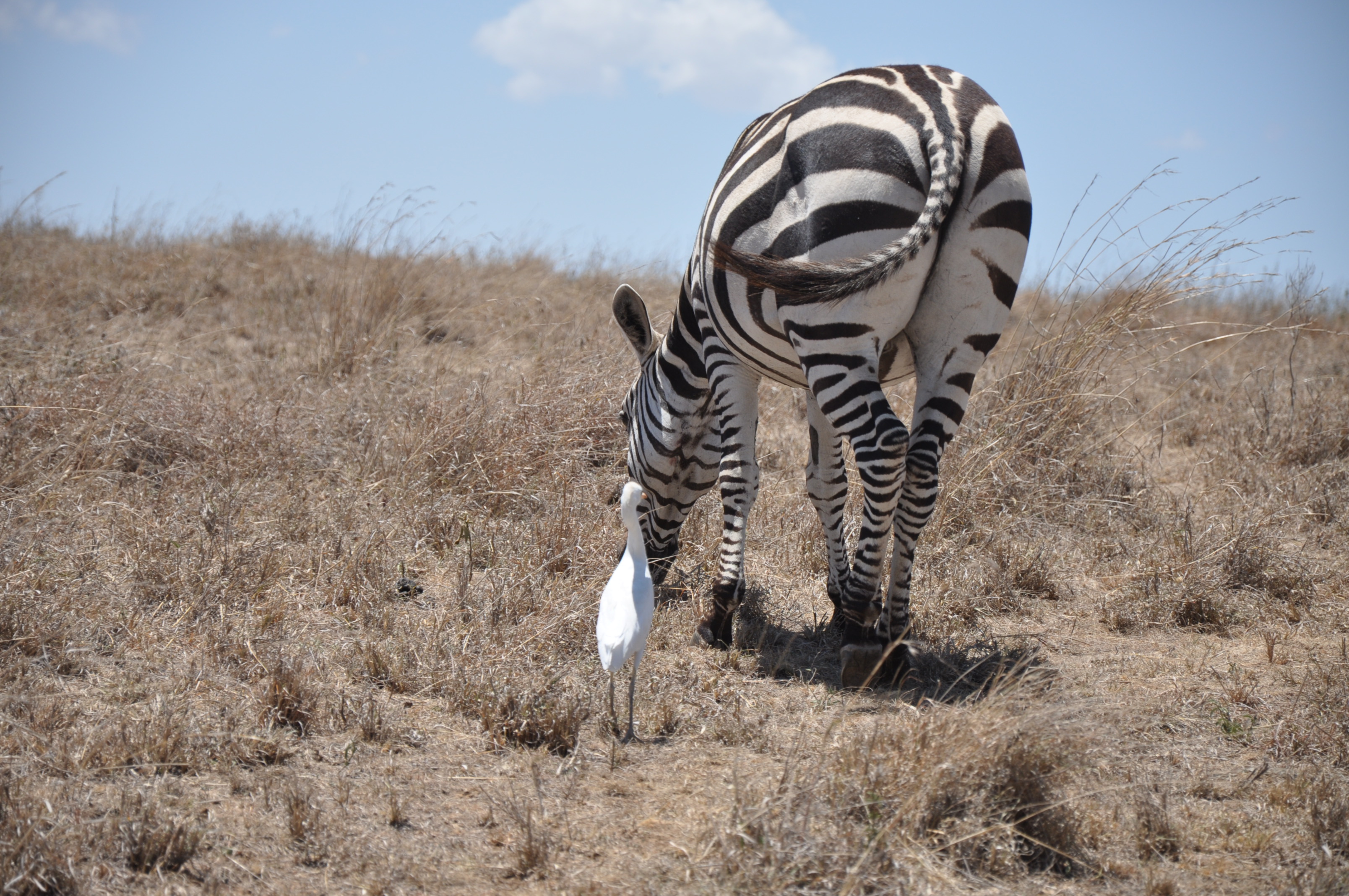

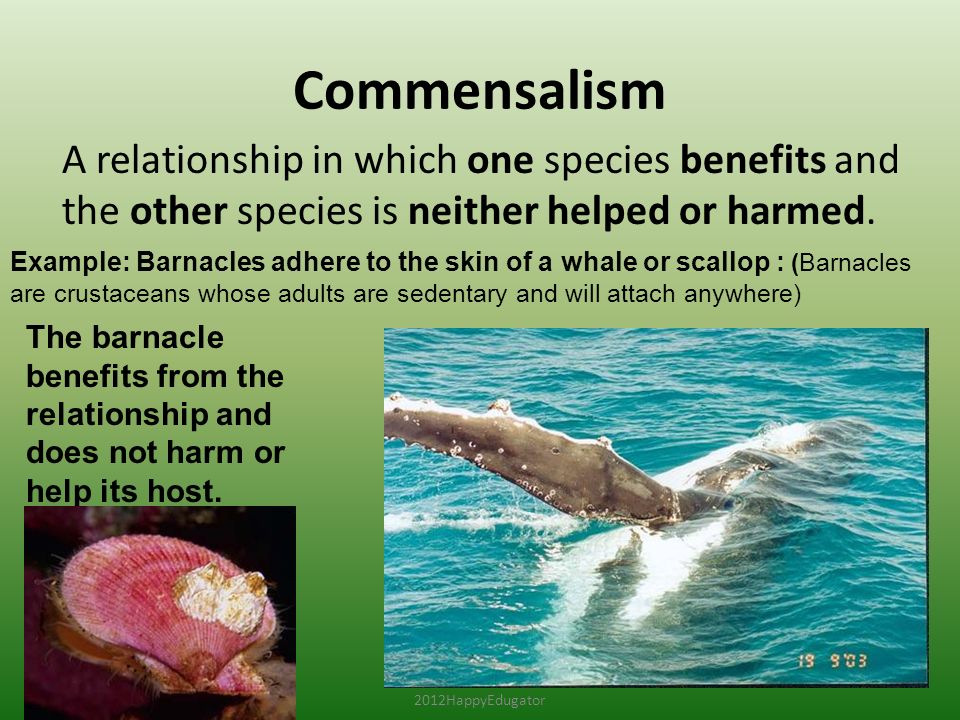




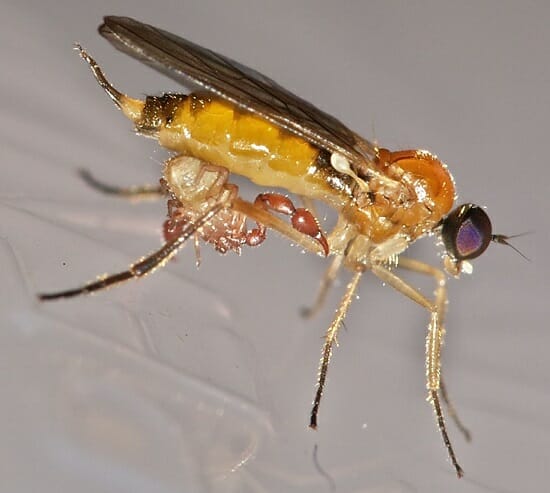


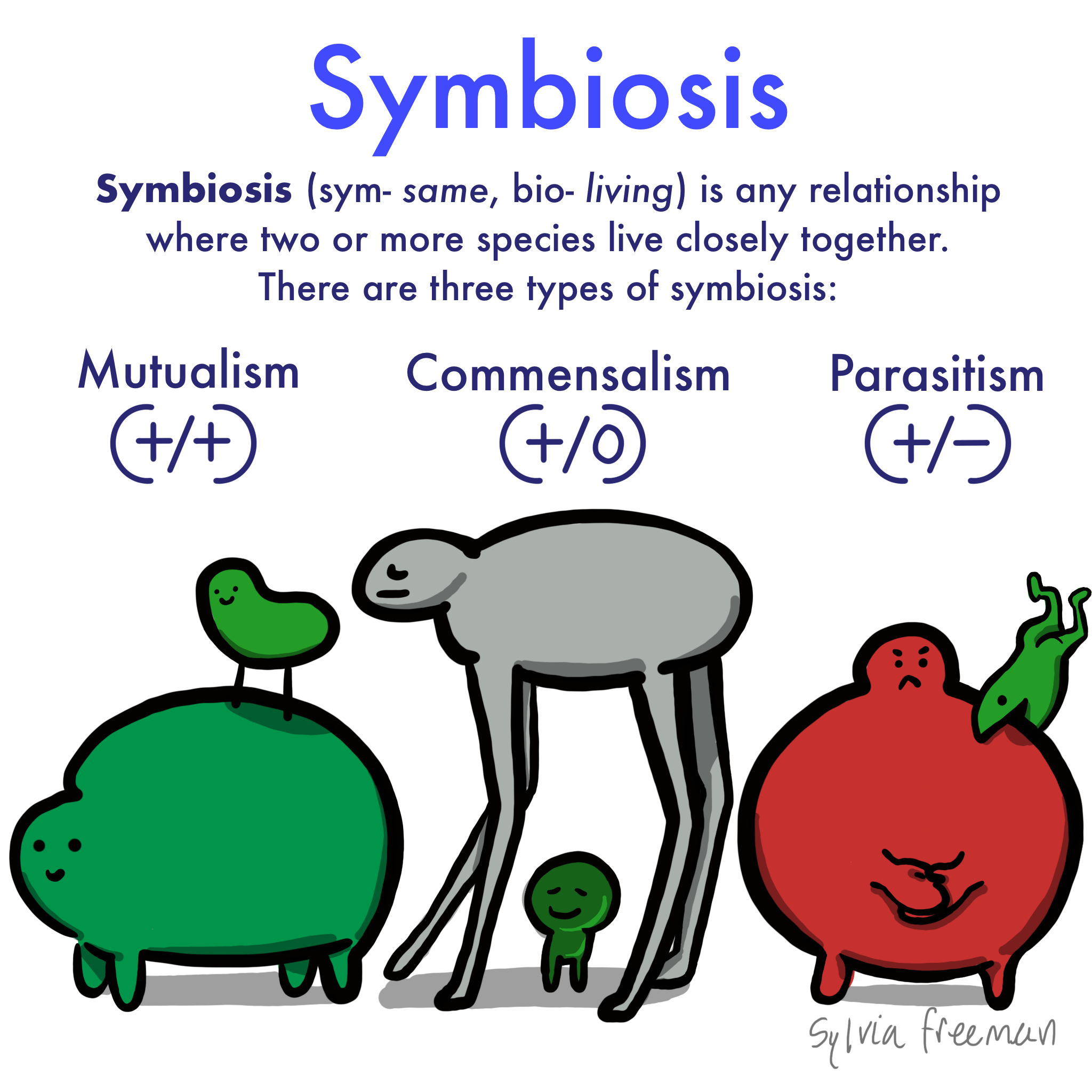

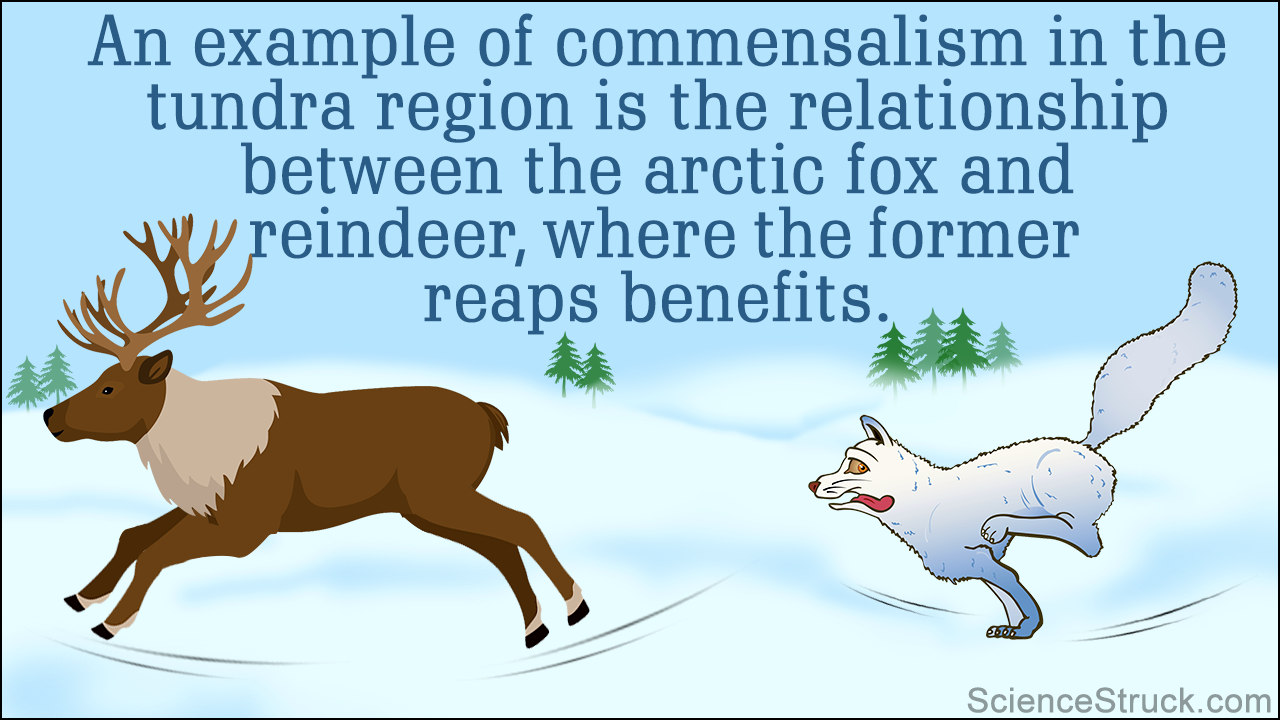
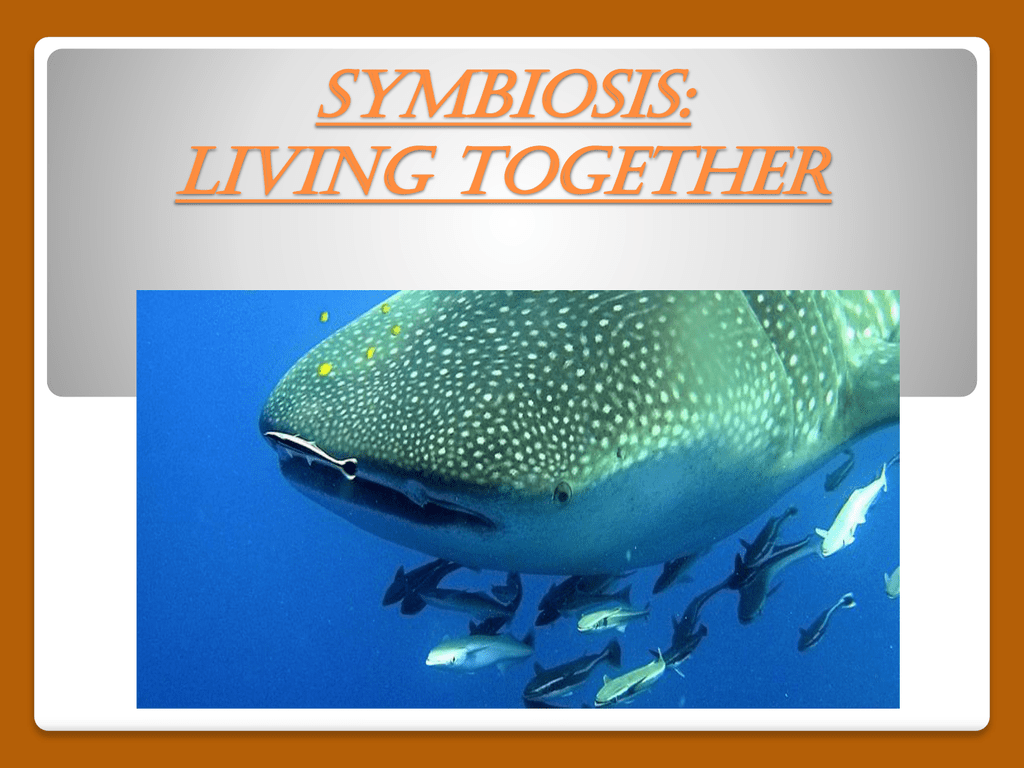

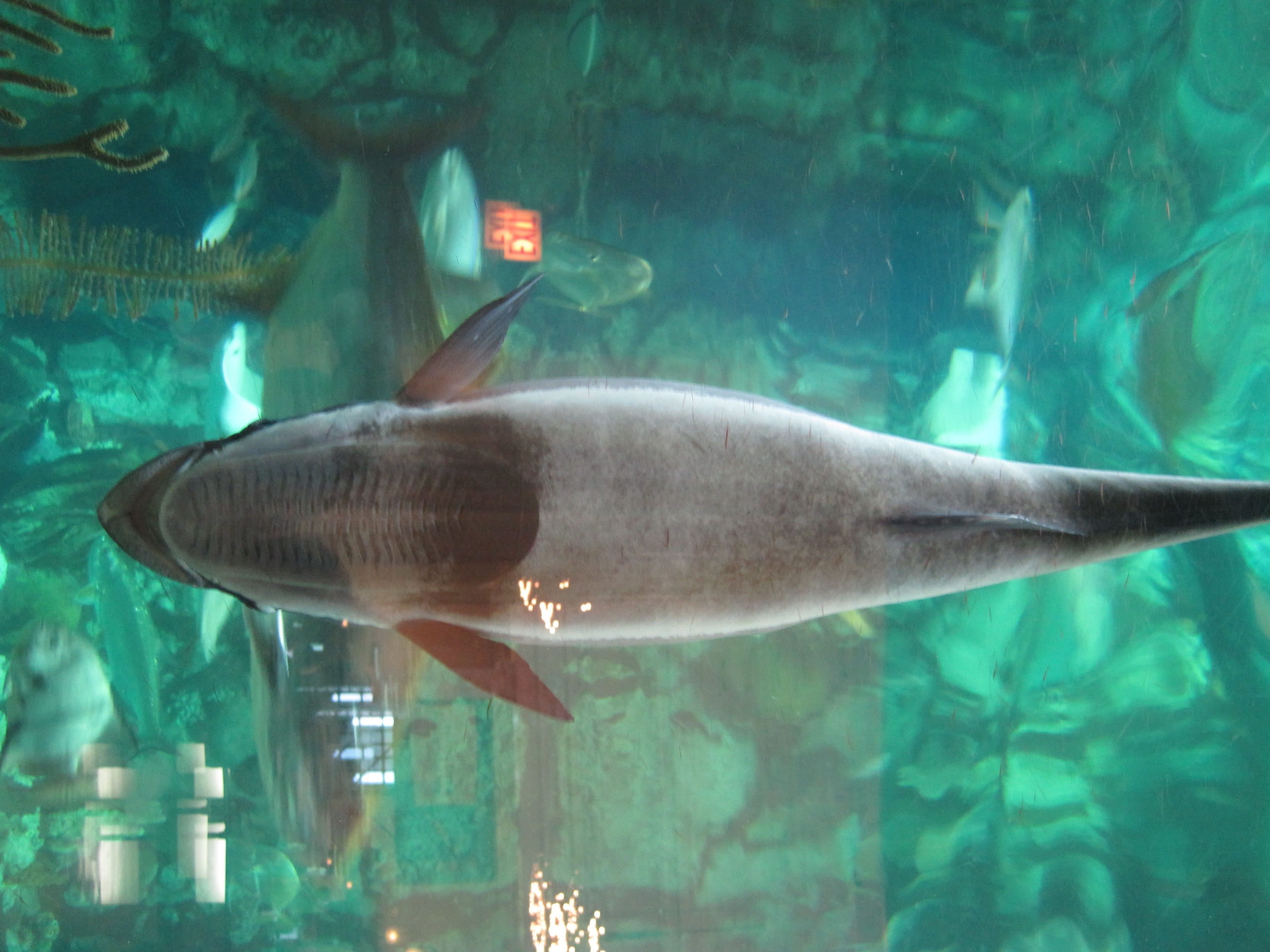
/commensalism-definition-and-examples-4114713-v2-706cadecce404b008d6620bb061841cc.png)
